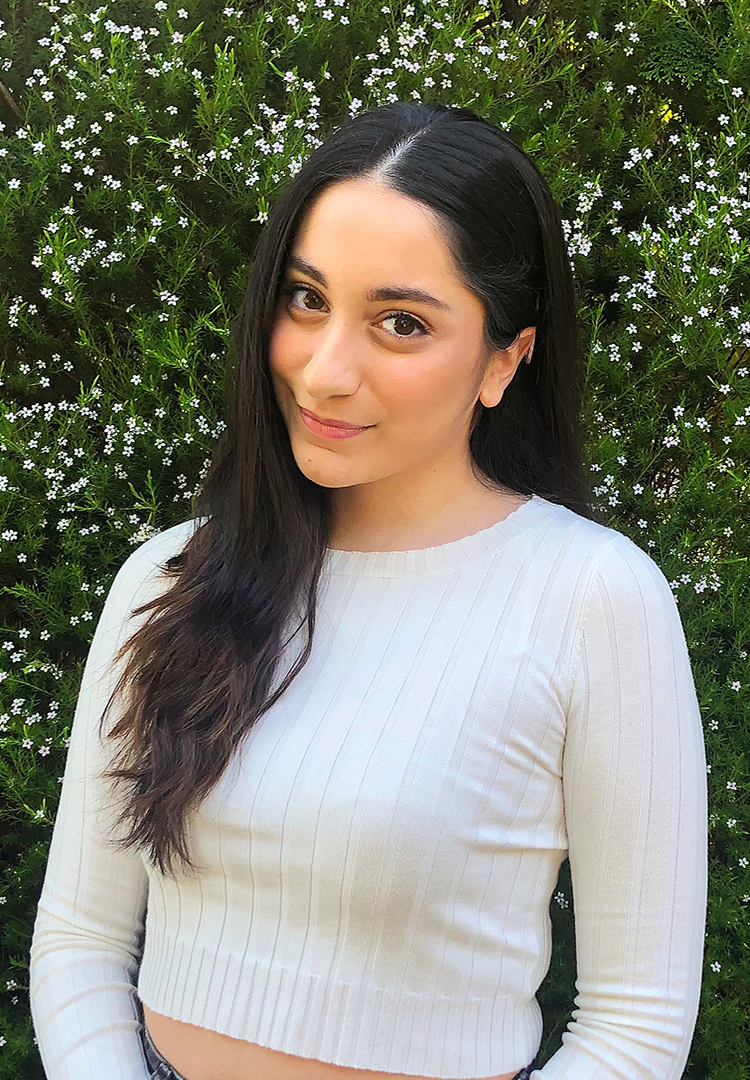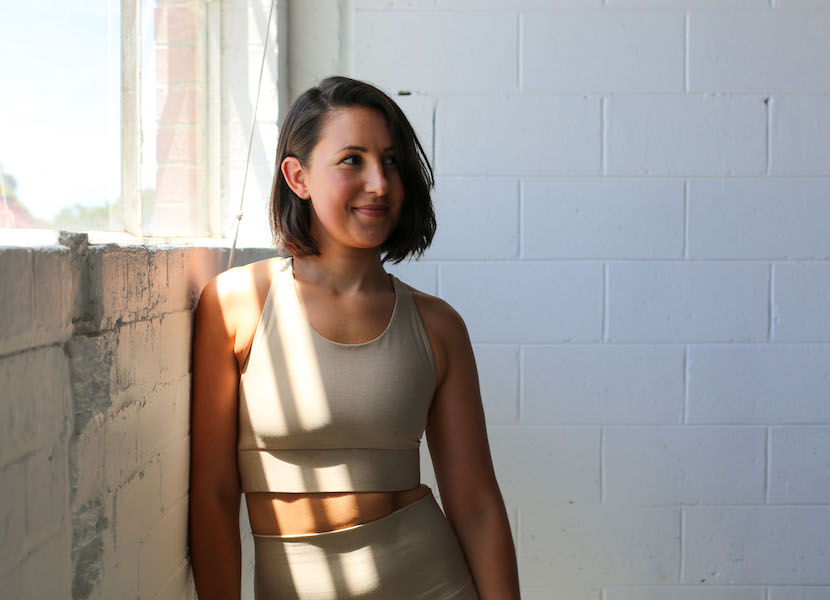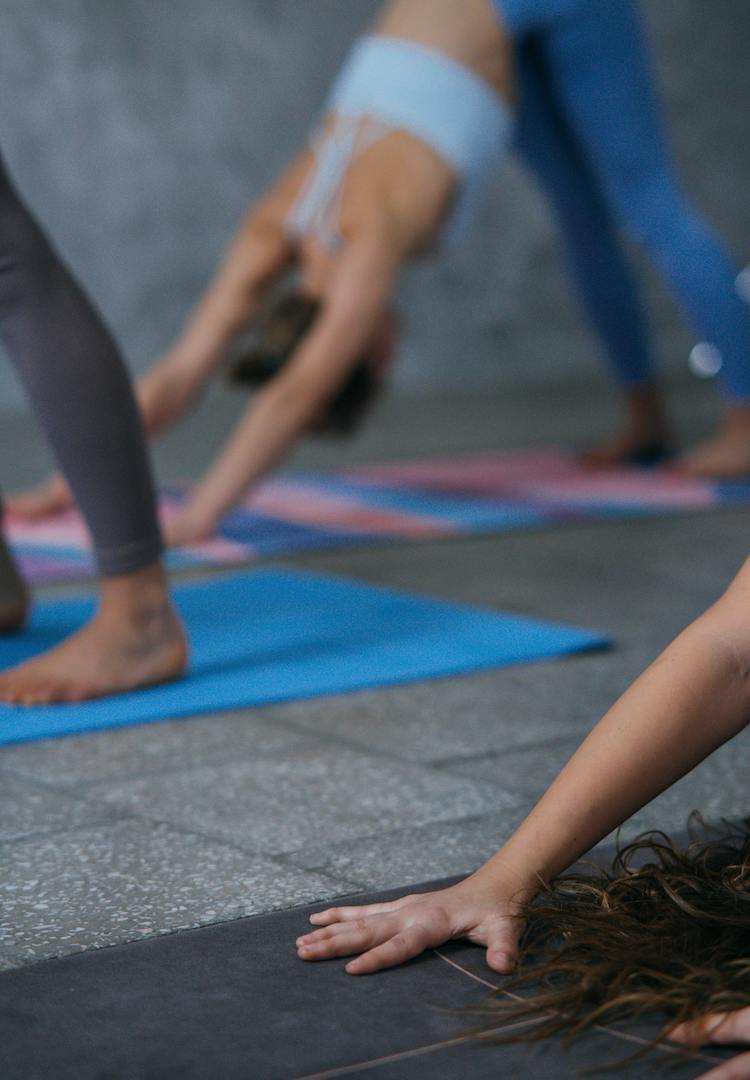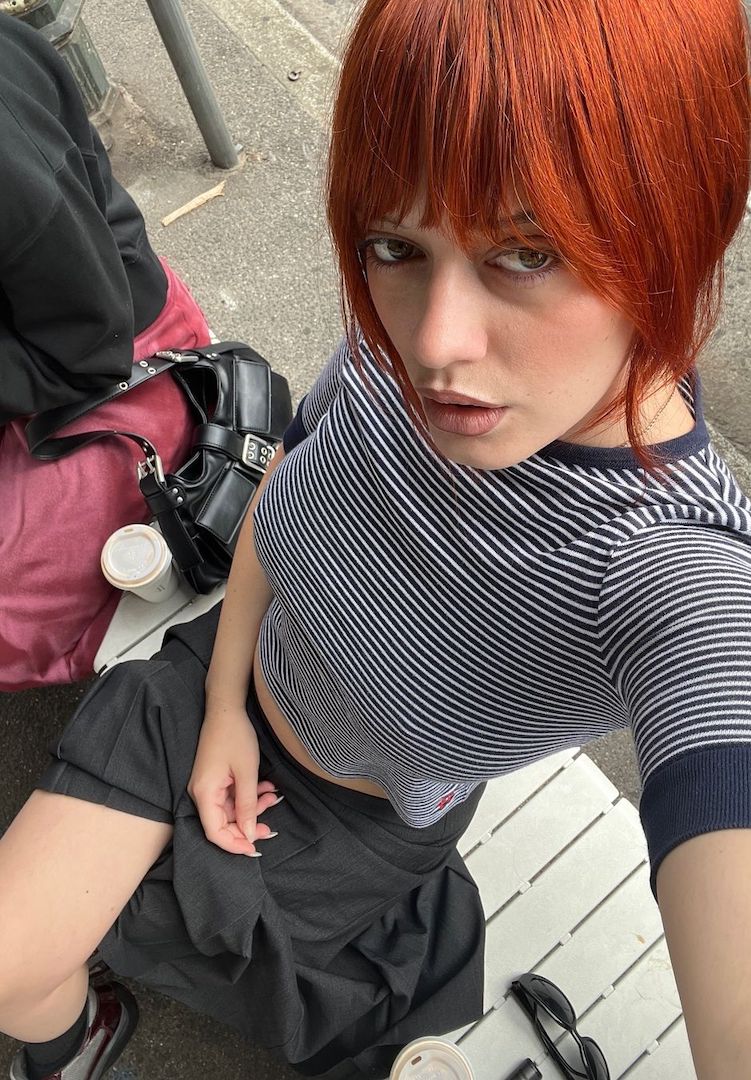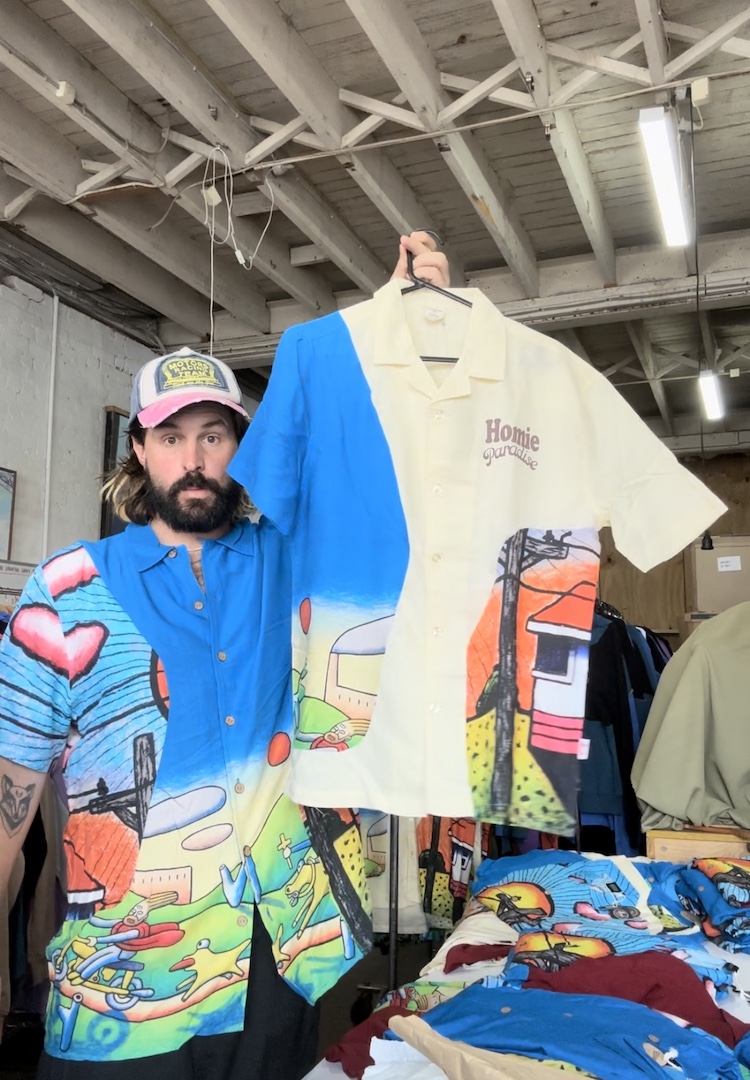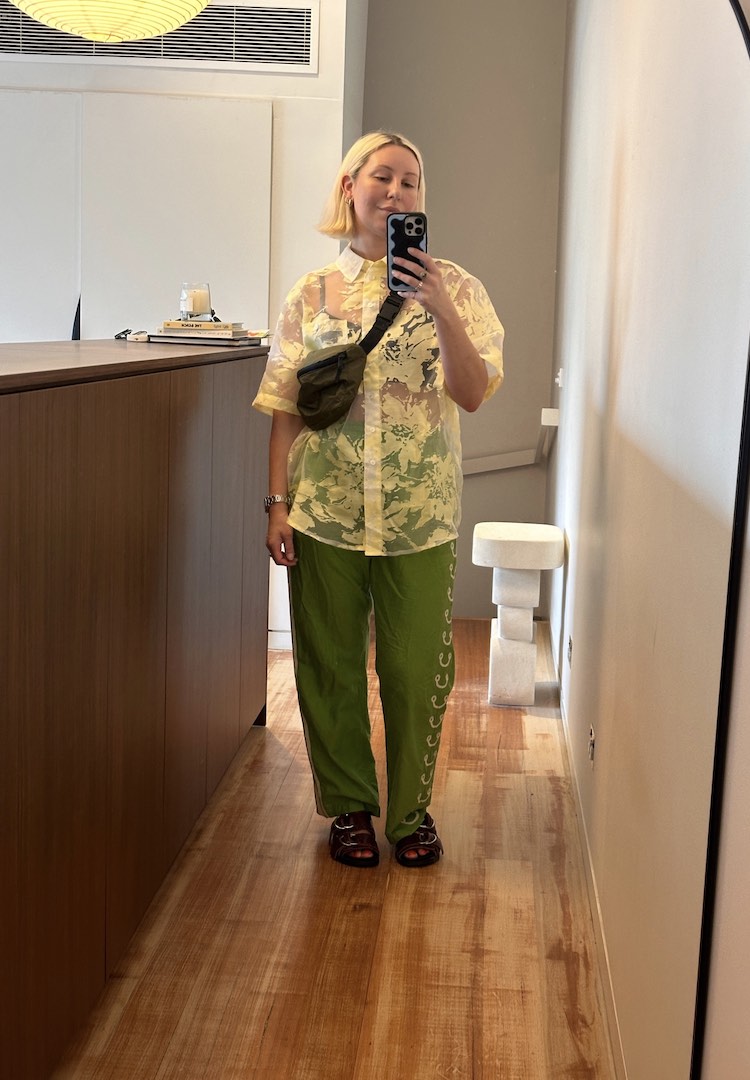What is inclusive movement and can it beat body shame?
WORDS BY GENEVIEVE PHELAN
“Your body is not the problem. Happiness is not 200 sit-ups away. The sun doesn’t shine brighter when you’re size eight.”
Can I feel the burn? The sweat? The pain? Am I changing? These are some of the intrusive thoughts that constrict my mind when I’m exercising. It’s confronting to go over the motives for my body movement these days. I think about how much of the class is left, or when the torture will come to an end. It’s chore-like and arduous.
Sometimes, I do a 30-minute HIIT workout, just to see beads of sweat dripping down the minimal cleavage in my sports bra, because that is what I align with success. But recently that’s changed for me, and inclusive movement has played an important role in this change.
Cat Webb, the founder of modern happiness house Good Times Pilates, is a proponent for inclusive movement. After creating a haven-like (but BS-free) Pilates studio in Fitzroy, Cat’s garnered a cult-like following of women (of all ages, shapes, shades, expertise and sizes) who want to move their bodies sans the pressure to be perfect. Now, she’s launched Good Times Online, a series of un-serious virtual classes that encourage feel-good movement anywhere at any time. She’s also a riot of a time to stalk on the gram.
Cat’s new-breed of Pilates classes are peppered with natural, unscripted lingo that would naturally pop up in my own internal monologue, like “Woops” and “Ah!” and “Fuuuck”. Typical Pilates classes are bereft from laughter and self-deprecation. But Good Times’ online sessions are grounded in acceptance, so your mind doesn’t go down that weird rabbit hole of shame and ridicule when you fumble in a plank or hear your back unleash a mighty crack from a hip bridge.
It’s also just nice to see instructors that look a bit more like me. They’re not stick-thin or precisely carved out. They’re just humans moving and telling me that “If you fall, it’s fine” with a hearty laugh. It feels good to exhale the intimidation of it all and stretch my mind as much as my body. I spoke to Cat about inclusive movement and what it all means, how we can foster more radical self-love during body locomotion and the unrealistic burdens we put on ourselves to ‘work out’ every single day.
Cat, please give us the lowdown on inclusive movement.
Inclusive movement is about valuing the diverse possibilities of the human experience above all the other stuff. It’s teaching movement from a space that facilitates recognition, collaboration and empowerment. Bringing humanity and radical kindness to everything you do. It’s about really listening, learning, critical thinking, and affirmative action to give others the space to be heard, seen and accepted.
How can other instructors embrace more inclusive movement in their studios?
This is a continual work in progress, I know I’m still learning and embracing ways that myself, my team and my business can be more inclusive. A good place to start is with developing a movement philosophy, a mantra to come back to that focuses on how you want your clients to feel or what you want them to take away from your classes. From there it takes a butt-tone of critical thinking, questioning what you think you know and maybe even what you learned in your certification. Asking yourself “Who am I catering to and why?”, “How am I creating space for people who have been historically and socially excluded from and marginalised in wellness/fitness spaces?”, “Am I/is my teaching accessible to bodies of all sizes, all genders, all races and people with disabilities?”, and “Am I willing to take action and keep evolving?”.
View this post on Instagram
What would you tell someone to do if they are feeling insecure, shamed or inadequate during a moment of movement?
I think it’s a very human experience to sometimes feel a bit out of your depth, a bit inadequate, especially when you’re trying something new. So, the first thing I’d do is to reassure them of that and let them know that it’s okay. Your teacher is here to support you and you have permission to have an awkward, challenging and maybe even kinda silly human experience. As movement teachers and studios, we have a responsibility to strive towards making movement welcoming and accessible. It’s our job to facilitate a fearless, empowering and self-efficient movement experience.
How do we resist placing pressure on ourselves to ‘workout’ for superficial reasons?
I think an acceptance of self comes without pressure and that is the goal. To let go of pressures and expectations, internal and external, and allow yourself to live with respect and compassion in the highs and lows of it. Maybe that sounds like really woo woo, esoteric stuff, but self-acceptance is like a gateway drug to not giving a fuck anymore. Your body is not the problem. Happiness is not 200 sit-ups away. The sun doesn’t shine brighter when you’re size eight. Your value as a human has nothing to do with the amount of space you take up in the world. Being inclusive means also allowing space for the people who have goals that are alternative to your own. Within self-acceptance is the ability to reconcile the need to strive for better. It is possible to love and accept yourself and also want better for yourself at the same time, the two are not mutually exclusive.
Why did you start Good Times Pilates? How does GTP stand for inclusivity and free movement?
I started Good Times because as a client and teacher I wanted something more from the fitness landscape that I struggled to find in other spaces. Somewhere that spoke to my aesthetic sensibilities, cared about sustainability and local business, left all the BS fitspo stuff out, allowed for unique human expression, felt more like a community than a Pilates studio, and taught movement in a way that made it fun, chill-out, empowering and approachable. If someone finishes a class feeling good about themselves, we’ve done our job.
What can we tell ourselves when we just don’t feel like moving? Do we fight it or surrender to it?
It’s ok to say “No, thank you” to moving. It all ties into the self-acceptance thing; be true to yourself and there will be no fight or surrender, only love and respect. Some days you’re just not into it – that’s cool, me too! Check-in with yourself to find out what will serve you best on the day. I like to ask myself a few questions when I’m not feeling it or just not sure if I want to move: “How am I feeling right now?” and “How do I think I will feel after moving?”. The answers will tell me if moving is a good idea or if I should just let it go for today. Any movement is beneficial, so maybe today is a five-minute stretch kinda day and that’s cool, maybe I start something and get over it halfway and that’s cool, maybe I have to move even when I’m not feeling it because I’m teaching a bloody cardio Pilates class, then I do it and feel like a totally new person and that’s cool too! You’re empowered to make the movement choices that feel right for you on the day.



